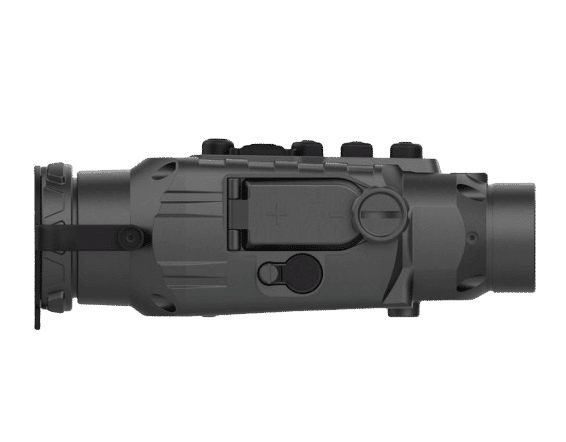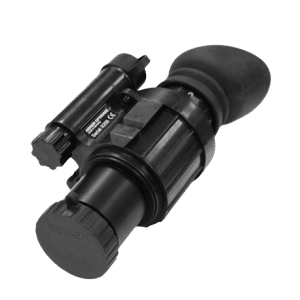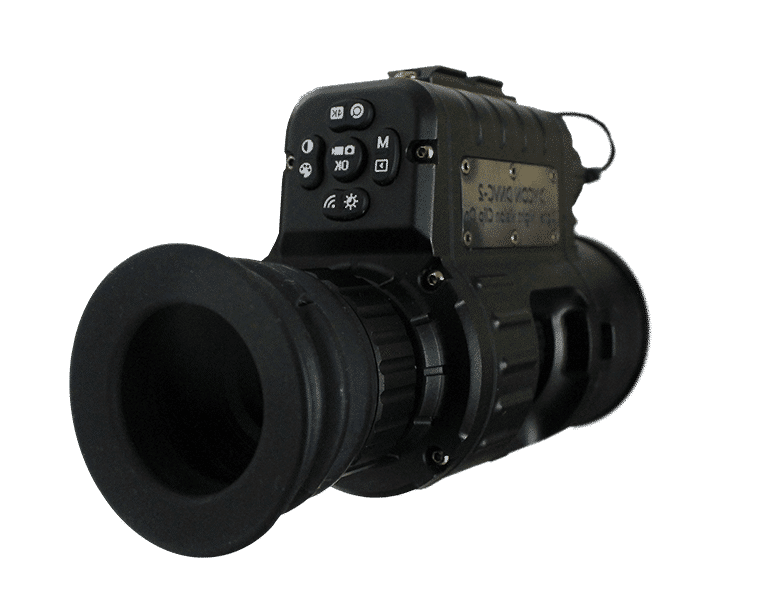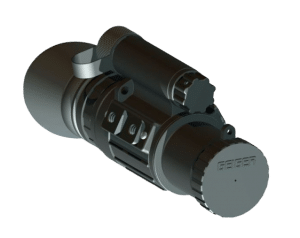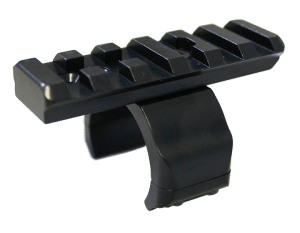Night vision devices / attachments
W e at DIYCON have been manufacturing and selling night vision devices for hunting, authorities and industry since 2009.
Optical packages and high-quality electronic components specially developed for us guarantee exceptionally good image quality and reliability, even under rough conditions.
The development of our night vision optics and their accessories is always based as closely as possible on practice. As hunters, of course, we know best what is important and implement our experience accordingly.
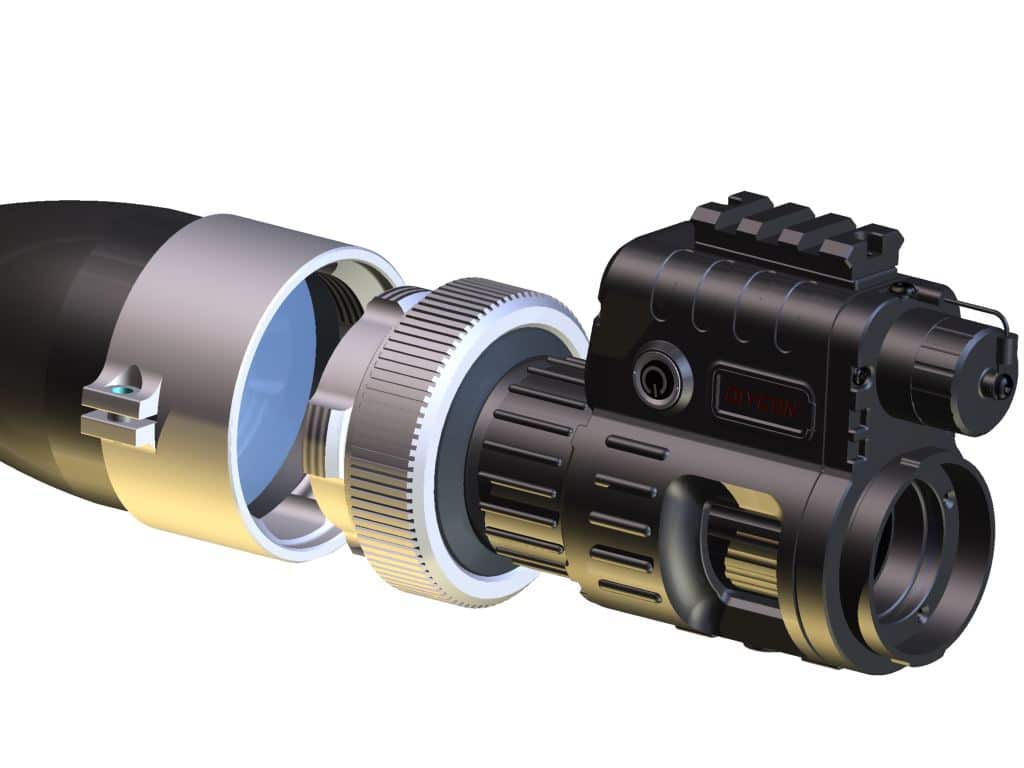
DIYCON DNVC-3 "Black Mamba"
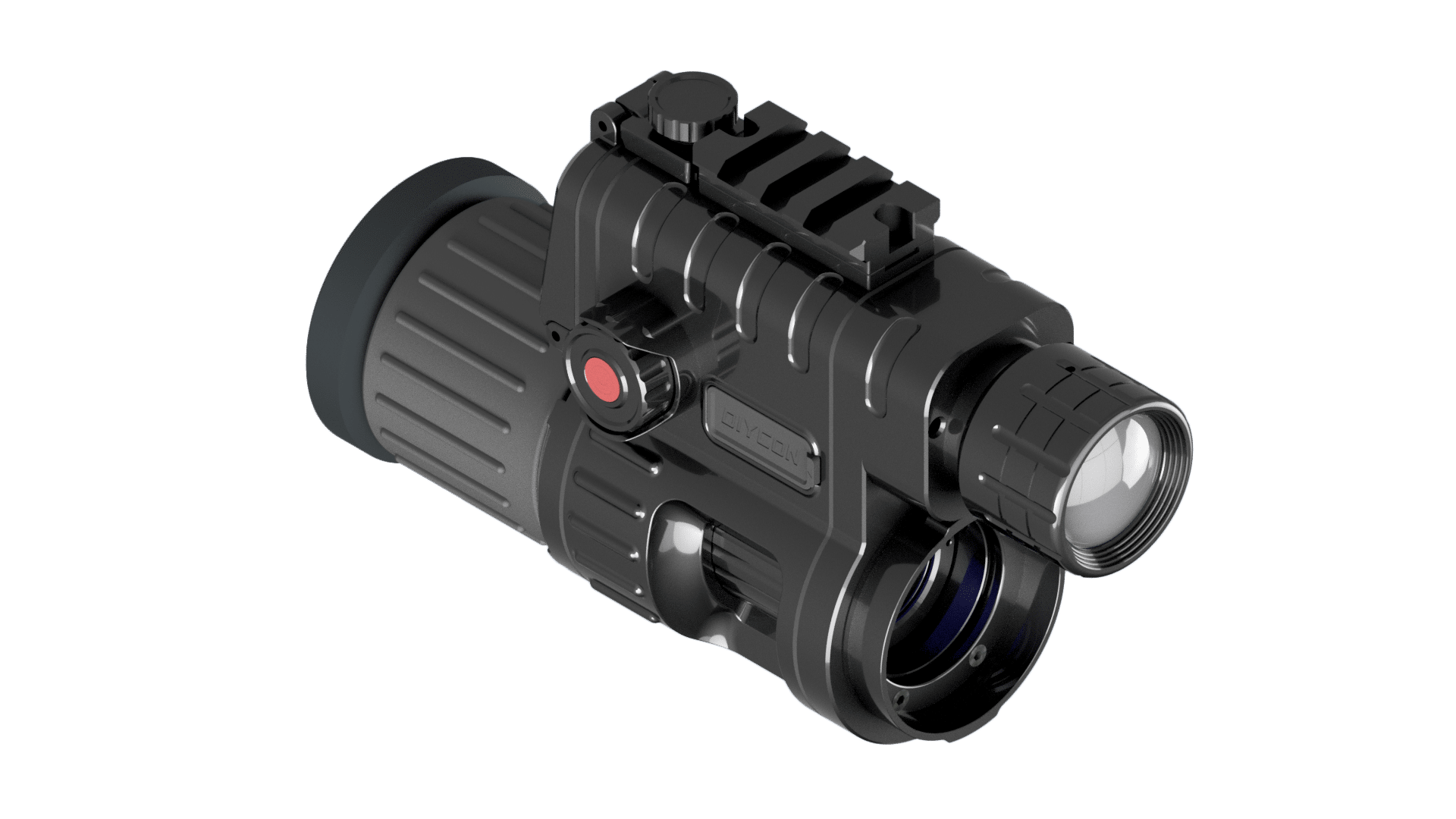
DIYCON DNVC-4 "HYDRA"
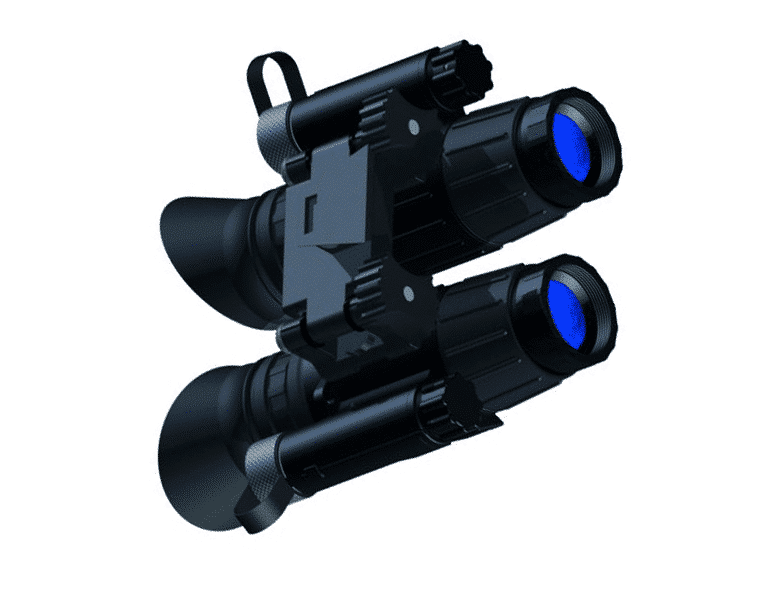
DIYCON GNVD-4 BINO3
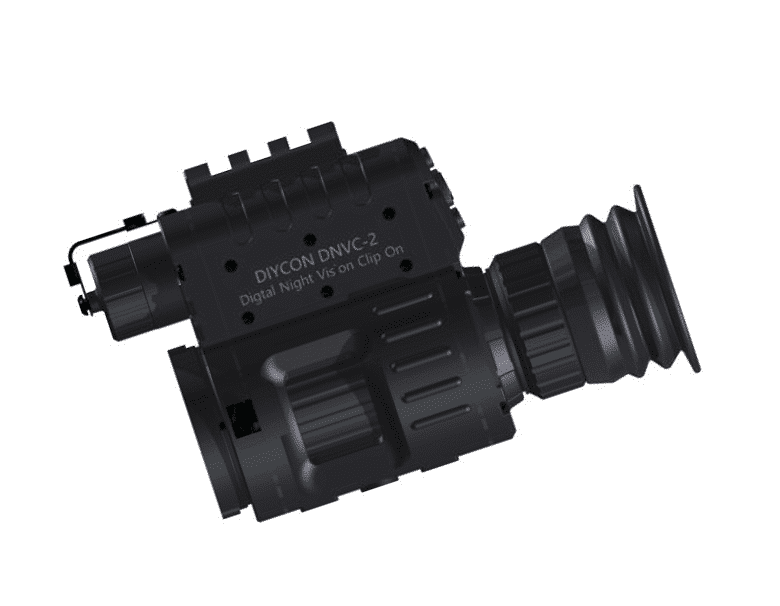
DIYCON DNVC-2
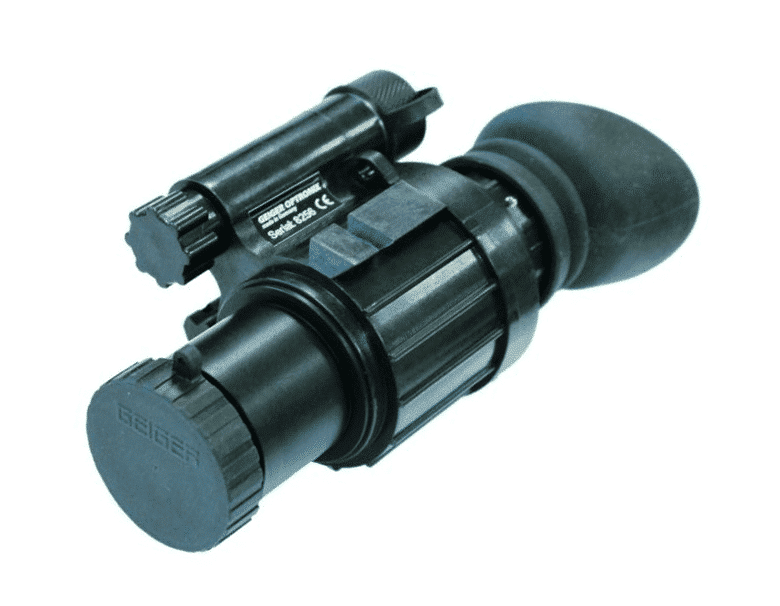
DIYCON GNVD-3 (Discontinued)
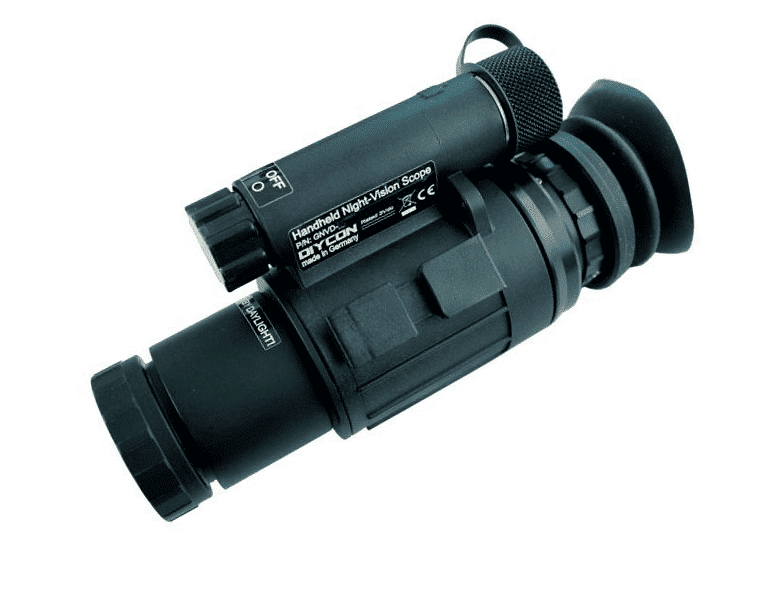
DIYCON GNVD-4 series
Nothing suitable?
Can’t find a device or are you looking for something else? Contact us!
We would be happy to advise you and together we will find a suitable night vision solution for you.
On customer request and firm order, we also manufacture individual pieces according to your specifications.
Why a night vision device from DIYCON?
Don’t you know that too?
You order something on the Internet – maybe even abroad and afterwards nobody is responsible anymore!
We also! … that’s why we stand by Germany as a location!
Our claim is a satisfied customer, ie only those who stay in touch with the user can build really practice-oriented technology and offer good service.
Development, sales and service all take place in-house. This is how we guarantee short distances, fast service and commitment to our customers.
That is our promise of quality.
Which night vision device is right for me? Attachment, handheld, or eyepiece clip-on?
The majority of our products are designed and pre-assembled for the most common applications. The right accessories usually turn the all-rounder into a specialist.
For example, by using afocal magnification optics, the focal length of the lens can be extended and thus the system magnification increased.
With an eyepiece – clip-on device with little or no magnification, such as the DNVC-2 Firefly, you can make night vision compatible with almost any daylight optics such as binoculars, spotting scopes or – where permitted – rifle scopes.
Optical offset and thus possibly There are no meeting point deviations here!
An attachment, on the other hand, if it is poorly adjusted or uses an inaccurate clamp adapter, we will inevitably lead to deviations – regardless of the manufacturer and whether thermal imaging or night vision attachment.
We follow the approach of multifunctionality, ie you only need one night vision device for all your optics. Only the spacer rings in the clamp adapter have to be exchanged for different diameters.
Contact us! We would be happy to advise you personally and in detail!
Accessories for your DIYCON night vision device
Of course, you can also get the right accessories for your night vision device or thermal imaging camera from us.
Depending on the use, we offer you, for example, head and helmet mounts for hands-free applications, or special weapon mounts for target optics for authorities.
We also carry various dimmable infrared illuminators such as the Predator I and Predator II for medium or long distances and in different wavelengths.
We also supply a wide range of our own clamp adapters for daylight optics in many sizes and shapes.
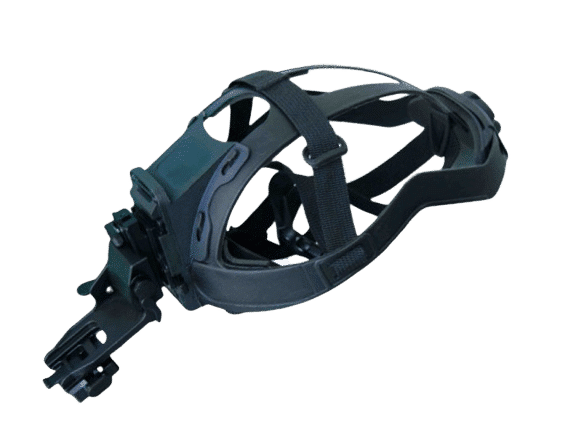
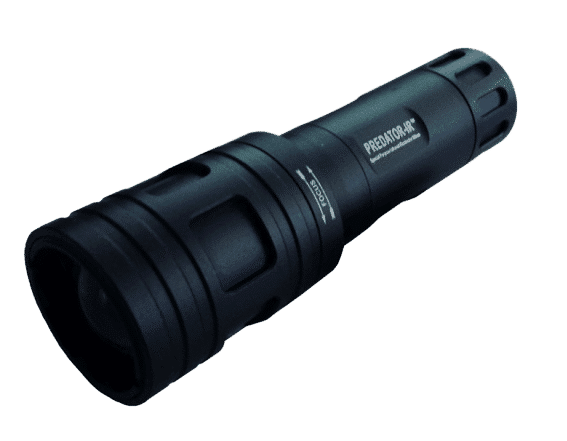
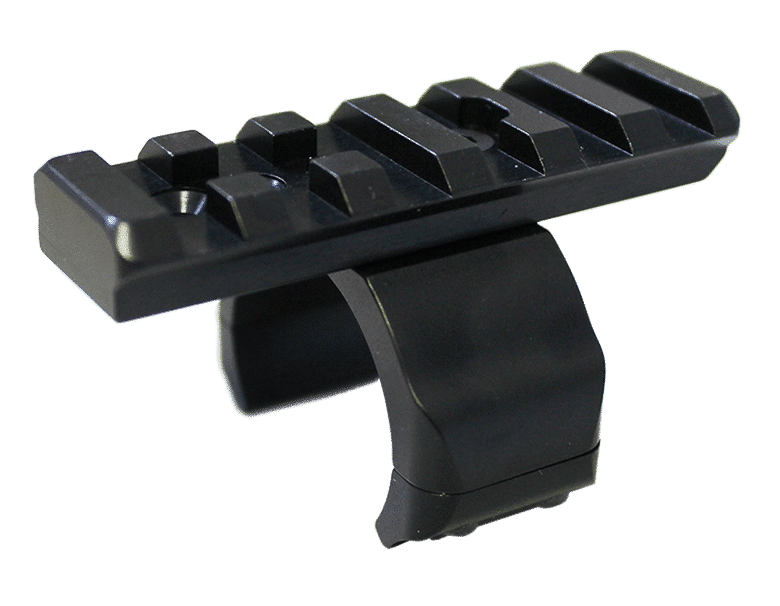



Accessories for your DIYCON night vision device
Of course, you can also get the right accessories for your night vision device or thermal imaging camera from us.
Depending on the use, we offer you, for example, head and helmet mounts for hands-free applications, or special weapon mounts for target optics for authorities.
We also carry various dimmable infrared illuminators such as the Predator I and Predator II for medium or long distances and in different wavelengths.
We also supply a wide range of our own clamp adapters for daylight optics in many sizes and shapes.
Not all night vision devices are the same
A high degree of technical expertise and measurement technology is required to describe the performance of night vision devices or to compare them objectively. The simple comparison of a few values on data sheets of various image intensifiers is less suitable for this, since many other factors such as optical quality, system MTF, etc. have to be considered as a whole. The expected service life MTTF of an image intensifier also plays an important role here, since the noise behavior changes over the service life, for example.
Unfortunately, fancy names and dubious measurement protocols, as well as old image intensifiers from military stocks, are always circulating on the market. Here the supposedly cheap purchase can become expensive afterwards in the event of a defect.
We only use brand-new image intensifiers or sensors from well-known manufacturers with a 2-year warranty.
frequently asked Questions
There are several types of night vision devices: NSGs with analog image intensifiers, such as the GNVD-4, NSGs with digital sensors such as the DNVC-2, and thermal imaging devices. All three enable vision in total darkness.
In image intensifier-based systems, photons (light) are first converted to electrons at a photocathode and then amplified and accelerated in the microchannel plate. By hitting a phosphor screen, an exothermic reaction then produces points of light (photons) again. Depending on the type of phosphor, we then see a green, sand-colored or black and white image.
In the case of digital systems, the conversion and amplification is carried out by the sensor or by microprocessors. The trickling or noise familiar from image intensifiers is no longer present.
Digital systems always require active infrared lighting to some degree. Modern systems such as the DNVC Firefly with CMOS – Low Light Sensor can in most cases even do without IR lighting.
Thermal imaging devices mostly use a silicon or vanadium oxide based microbolometer. This works in a similar way to a digital sensor, but in a higher wavelength range. Night vision devices are therefore also referred to as sensors for short-wave or long-wave radiation.
A good night vision device should be robust, durable and practical, and use a powerful sensor. Compact design and low weight characterize professional devices such as DNVC-2 or GNVD-4 compared to cheap devices.
Good service and short waiting times when service is required are at least as important. This is often completely absent from cheap imports.
Night vision devices with image converters or image intensifiers are labeled with generations in the literature. This goes from Generation 0 (infrared devices), through Generation 1 and with modern devices to Generation 2, 3 and 4.
The second generation probably marks a technically evolutionary step, since a micro-channel plate was used for amplification for the first time.
Modern image intensifiers also basically consist of a photocathode, a microchannel plate and a phosphor screen.
The third generation uses gallium arsenide as the material for the photocathode. In comparison, the second generation typically uses S20 / S25 bi- or multi-alkali as the cathode material.
Gen 3 image intensifiers typically use a thin film of aluminum oxide to prevent electron reflection.
Fourth generation image intensifiers also use gallium arsenide as the photocathode for better performance, but they do not use the thin film described above.
Basically, the quantum efficiency of Gen 3 and Gen 4 image intensifiers is greatest, but there are also Gen 2 image intensifiers that are similar in performance.
Typically, analog night vision devices use phosphor screen image intensifiers. The phosphor glows green due to the impact of electrons and the resulting exothermic reaction (e.g. with P 20 or P43 phosphor). However, there are also black/white types of phosphors. These are often referred to as ONYX.
The theoretical range of a night vision device can be calculated using the Johnson criterion or alternative methods. The actual range, however, depends on many conditions such as optical magnification, edge resolution, signal-to-noise performance and contrast imaging performance MTF of the system. Environmental conditions such as dust, fog, etc. also play an important role.
Essentially, range information is therefore based on empirical values from the manufacturers. Accordingly, these are usually more or more reliable.
Night vision devices with 1x magnification and image intensifier are usually suitable for detecting a person up to 400 m. When used for hunting, a response up to a maximum of 100 m is possible.
Depending on the magnification, this area can be increased extremely. possibly an additional brightener must be used.
Depending on the country, night vision devices may subject to legal restrictions.
The following regulations only apply to Germany. Please inform yourself in advance about the legal situation in your country. All information is expressly provided without guarantee!
Night vision devices are generally permitted in Germany as long as they do not have any prohibition properties according to Section 40 WaffG Appendix 2.
Here is an excerpt:
Section 40 Weapons Act Annex 2
Forbidden Weapons
Handling the following weapons and ammunition is prohibited:
1.2.4.1
are devices that illuminate (e.g. aiming lights) or mark (e.g. lasers or aiming point projectors) the target;
1.2.4.2
night vision devices
and night sights with mounting devices for firearms as well
Night vision attachments and night vision attachments for aiming aids (e.g. B.
Riflescopes) are provided the items have an image intensifier or a
possess electronic amplification;
The German Bundestag recently passed an amendment to the Weapons Act, according to which so-called dual-use devices i.e. night vision attachments and attachments that do not contain their own reticle – no longer fall under this objective prohibition for hunters.
Here is an excerpt from the draft:
The draft says: “Holder of a valid hunting license Sense of § 15 paragraph 2 sentence 1 of the Federal Hunting Act may deviate of § 2 paragraph 3 for hunting purposes dealing with night vision attachments and have night vision attachments according to Annex 2 Section 1 Number 1.2.4.2. Hunting law prohibitions or restrictions on the use of Night vision attachments and night vision attachments remain unaffected.”
Night vision devices are devices that allow you to see in complete darkness or under poor lighting conditions. Accordingly, thermal imaging cameras are also a form of night vision devices.
An IR brightener is always required when there is not enough residual light in the area to generate a usable image with the night vision device. IR illuminators can also extend the range of a night vision device.
Depending on the technology of the NSG, different wavelengths of the IR brightener are to be selected.
Bulk buyers receive volume-based special conditions. Contact us!
You need a contact person?
Do you need special equipment or would you like to buy larger quantities? Tell us your concerns – together we will find a solution! Simply fill out the form or call us free of charge from Monday to Friday between 8:00 a.m. and 6:00 p.m.

